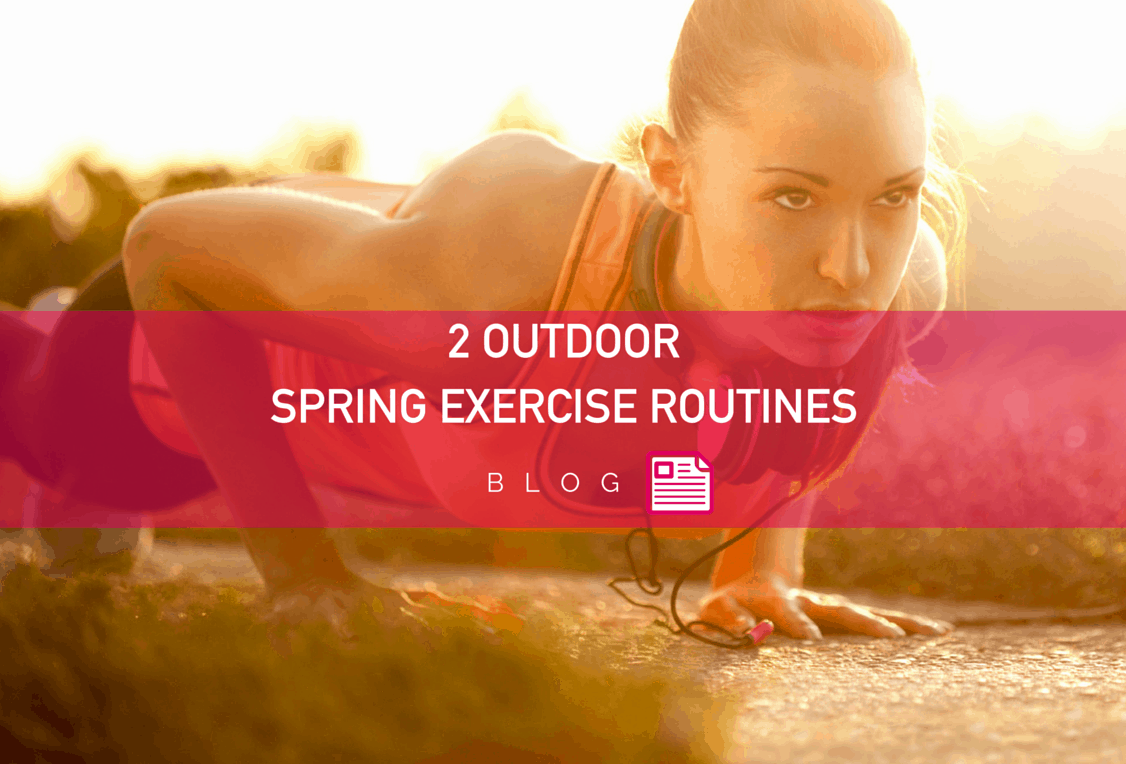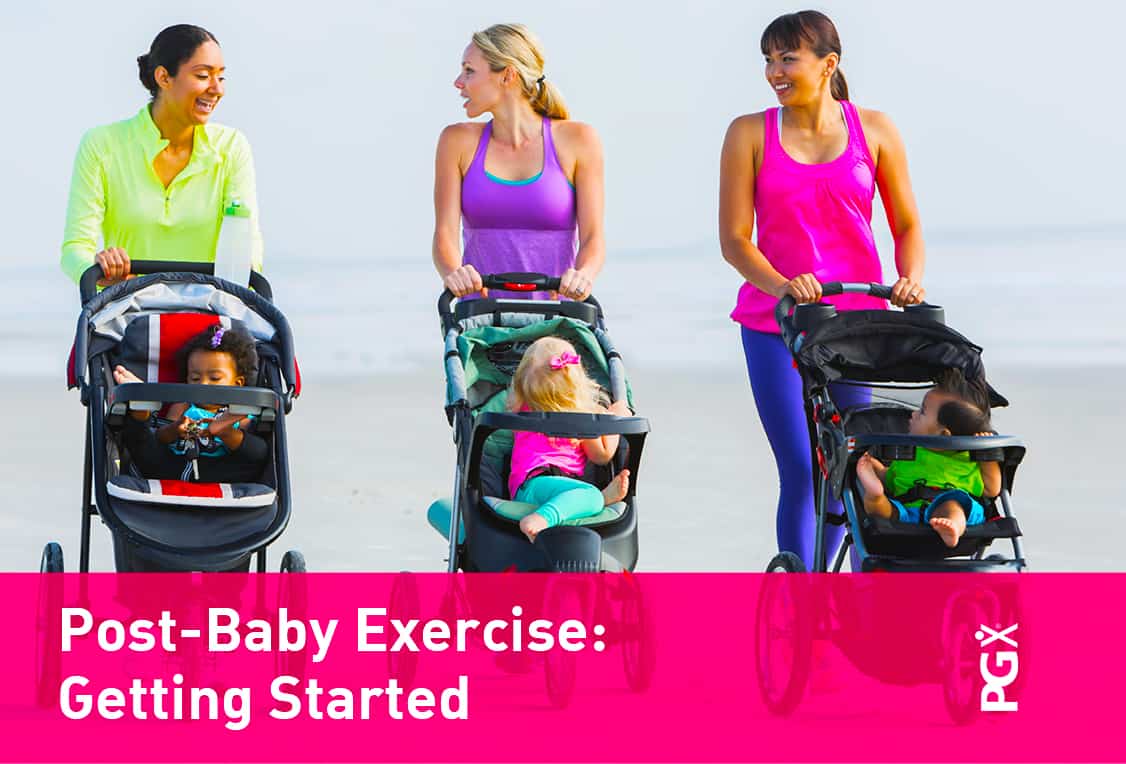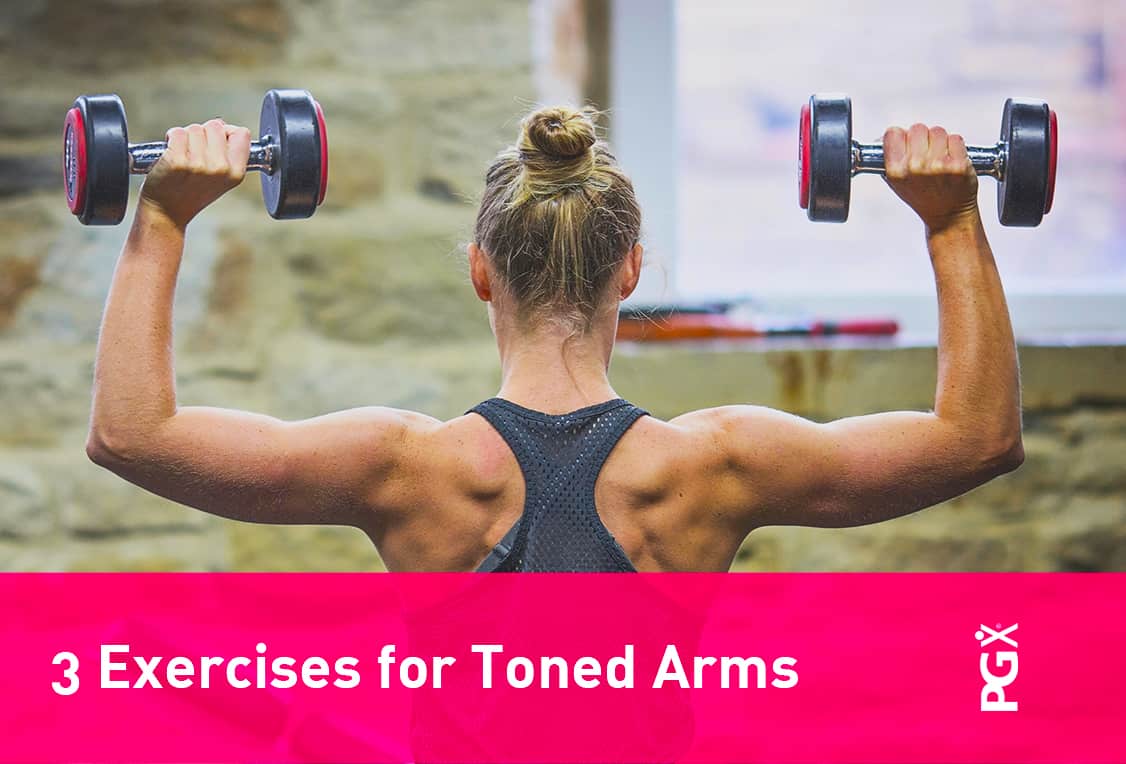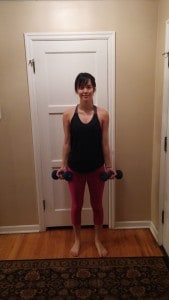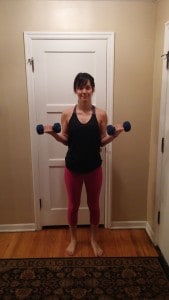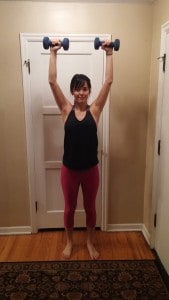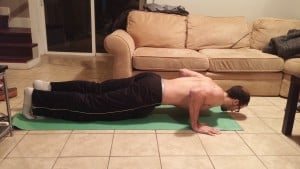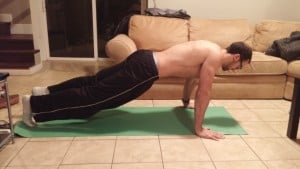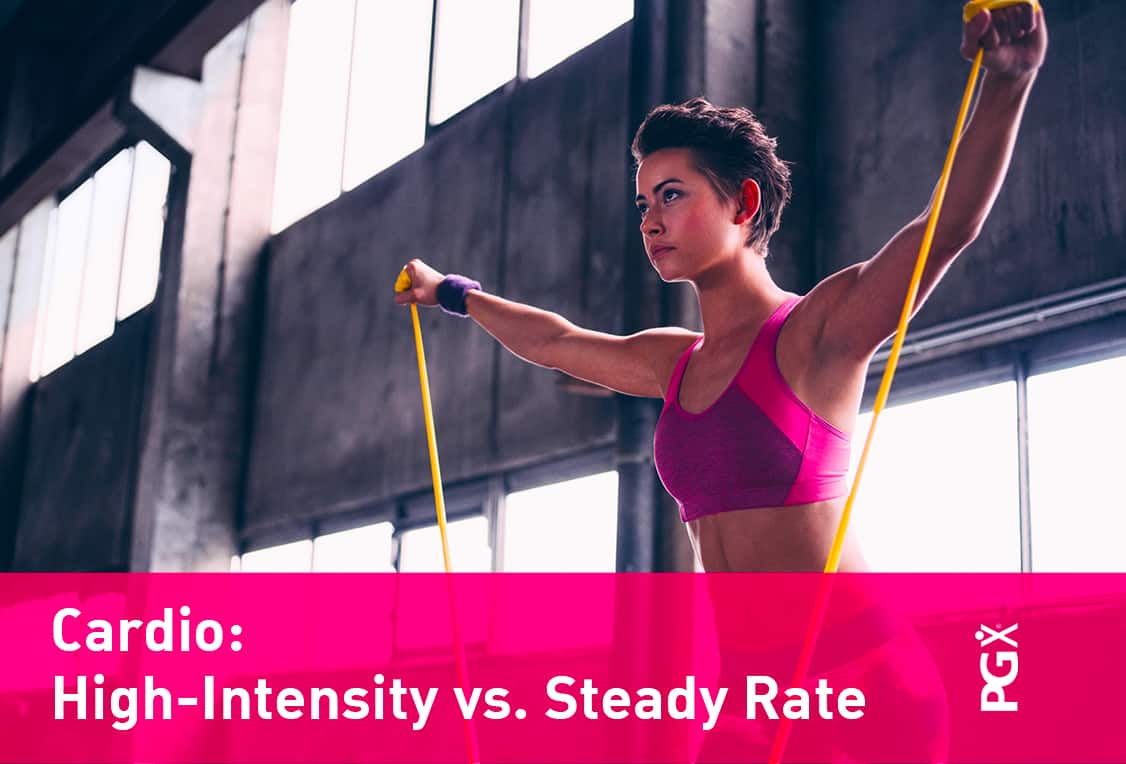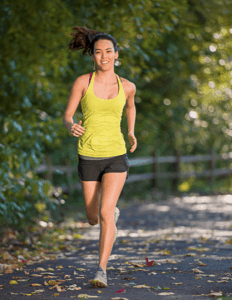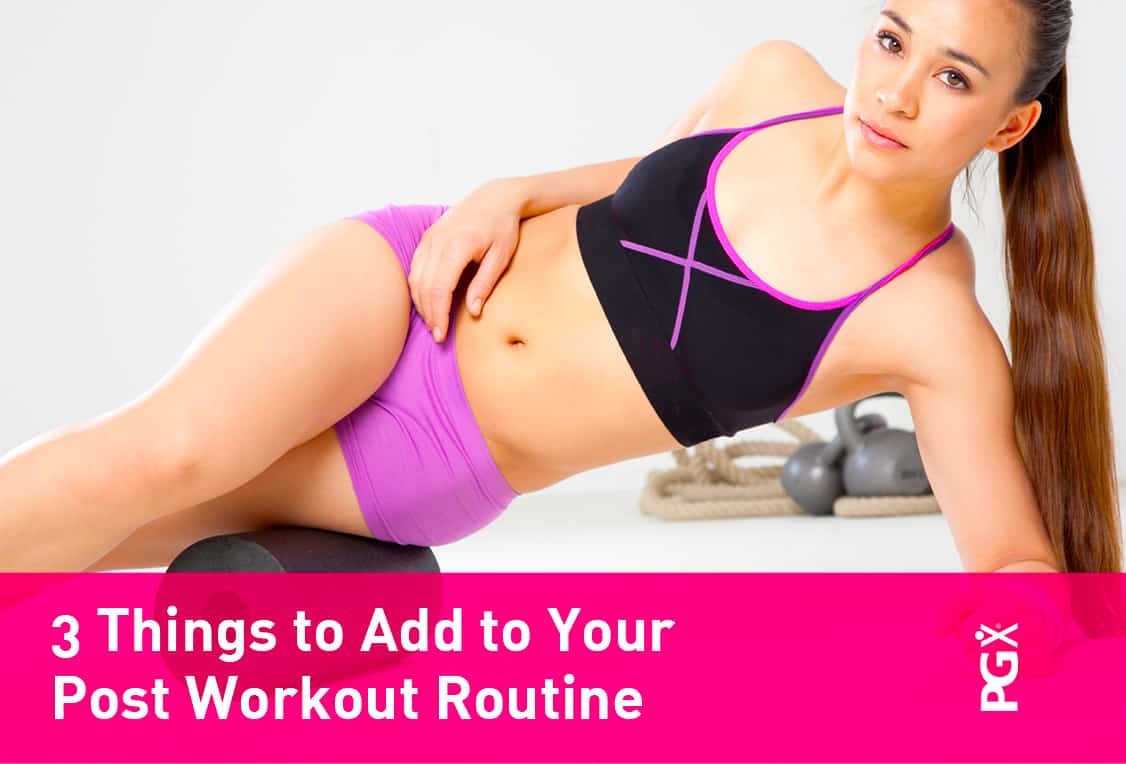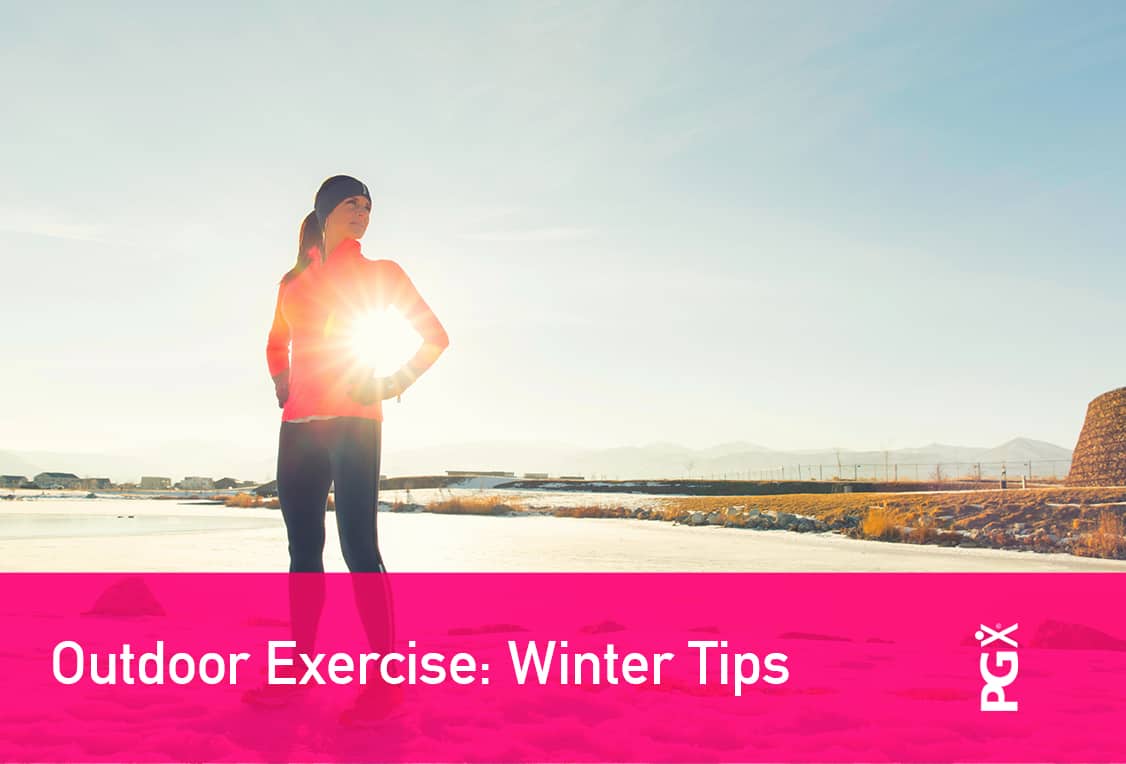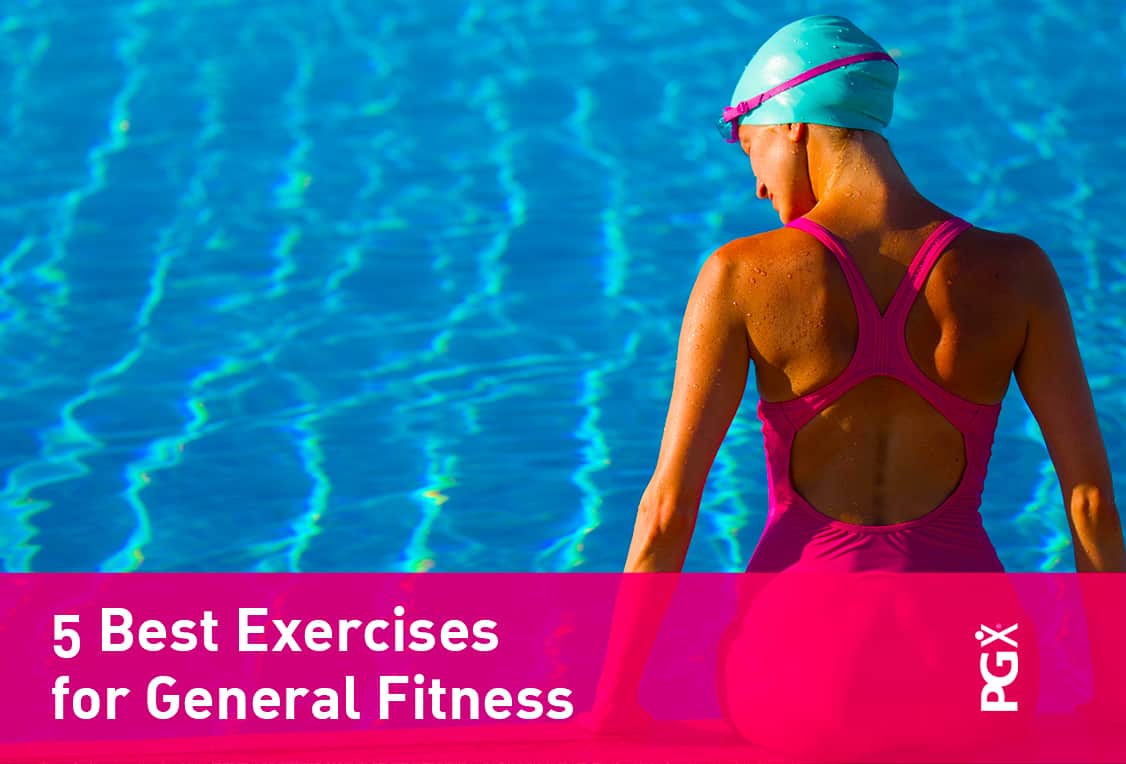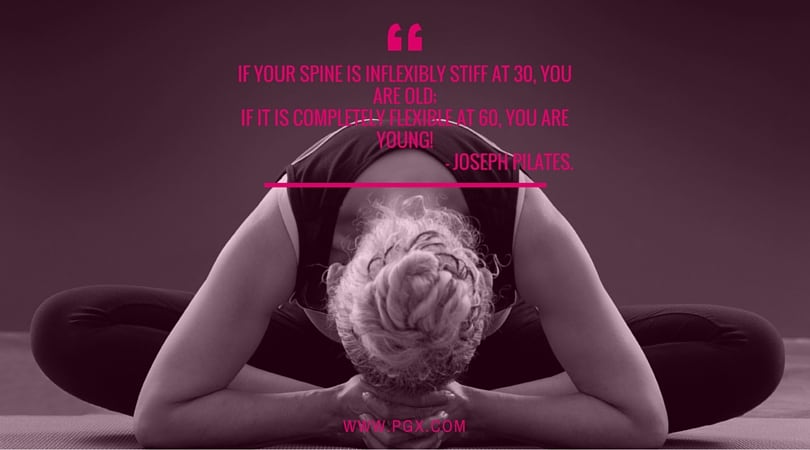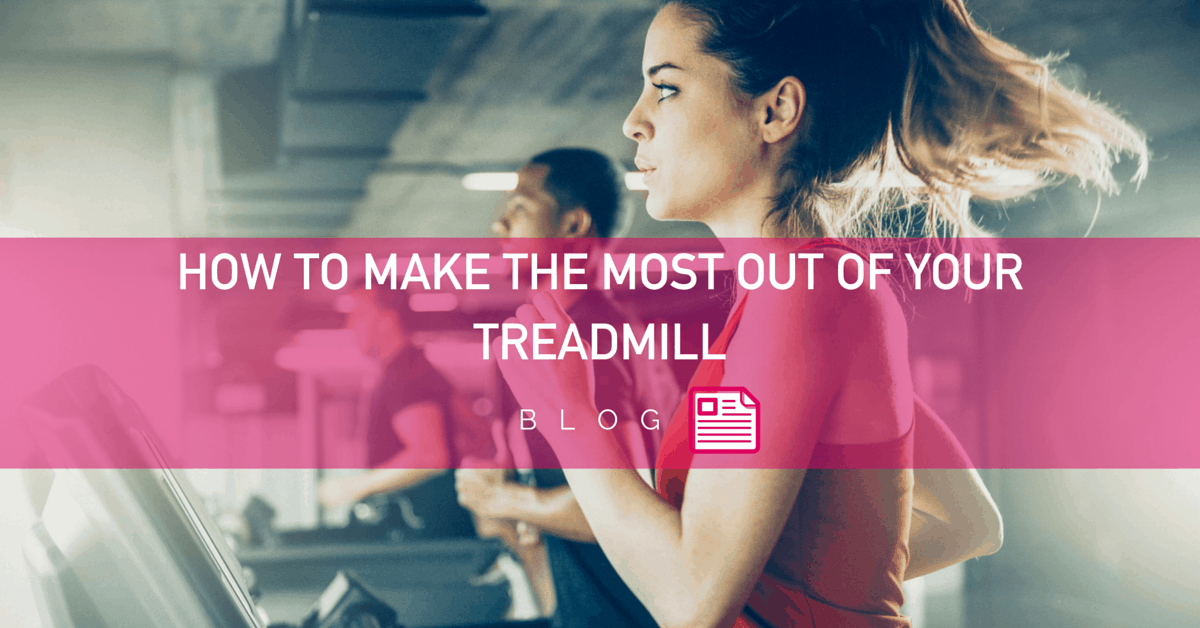
A treadmill can offer a great workout; they keep you at a consistent, controlled walking or running pace, can be done indoors, and can be modified to focus on specific exercise goals.
Many people have a love/hate relationship with treadmills. When it’s rainy and cold treadmills are awesome, but when it’s warm and sunny who wants to be stuck running inside when they could be getting their workout outside.
When jumping on the treadmill begins to feel like just another boring workout, try some of these ideas to shake up your routine and make the most of your treadmill:
HIIT the Treadmill!
Consistent running or walking can get boring, so it’s a great idea to spice up your treadmill workout every now and then with circuits and new movements, like this HIIT cardio circuit:
Please ensure that you have been cleared by your doctor for cardio exercise prior to doing this workout.
HIIT Cardio Treadmill Workout
- 2–3 min fast walk (warm up)
- 1 minute at 5.0 speed
- 30 seconds at 4.0 (slow jog)
- 1 minute at 6.0 speed
- 30 seconds at 4.0 (slow jog)
- 1 minute at 6.5–7.0 speed
- 30 seconds at 4.0 (slow jog)
- 30 seconds at 3.0 (walk)
- Repeat steps 2, 3, and 4
 Shake Up Your Moves
Shake Up Your Moves
If you’ve been sticking to simply walking and running on your treadmill, it may be time to shake things up! Here are three movements I love to do with clients that you can try:
1. Walk Backwards
Walking backwards puts more pressure on your quads and calves, which generally take a back seat when walking (glutes and hamstrings are more so used for walking). For an even bigger challenge, increase the incline!
2. Side Steps
Side stepping focuses more on your hips and inner/outer thighs. It’s a fun way to add a little variety and flavour to your routine, with the benefit of focusing on different parts of your legs.
3. Hold Your Arms Up
Holding your arms above your head can elevate your heart rate while also giving your upper body a great workout. For an added challenge, try adding light weights, or moving your arms in a circular motion.
Whether you like a steady walking pace, a major incline, or a decline jog, a treadmill can be the source of many great workouts – not just walking and running!


